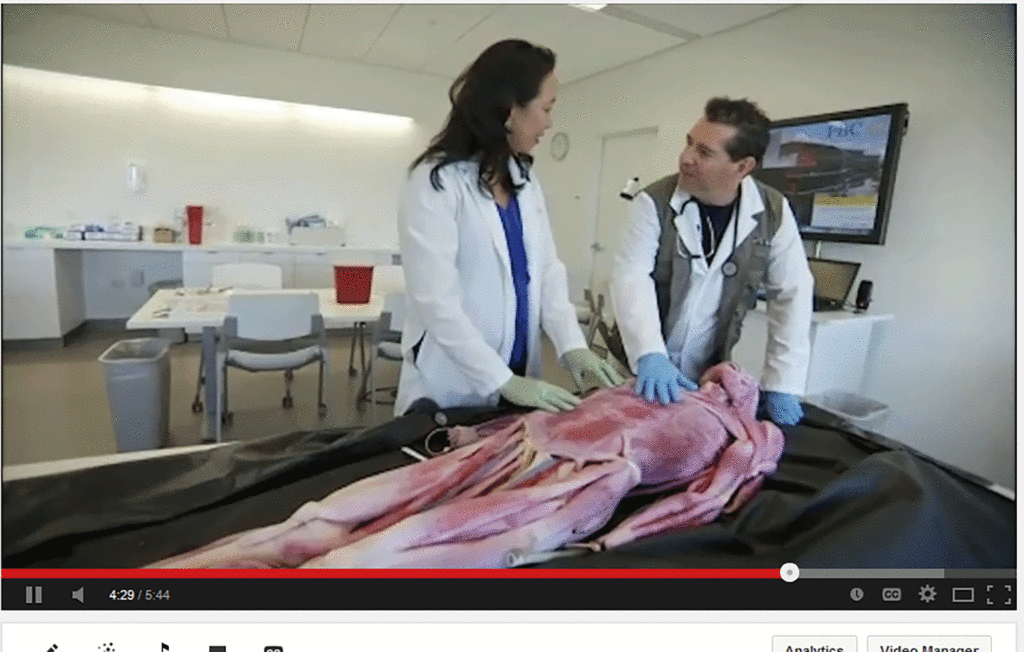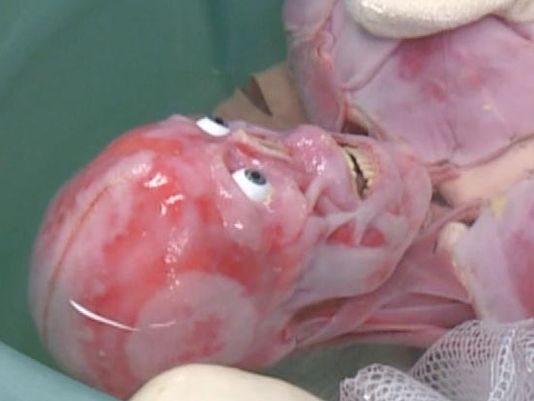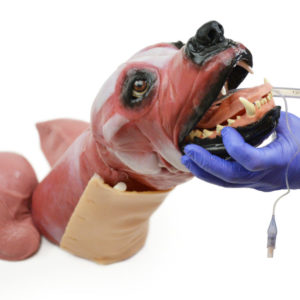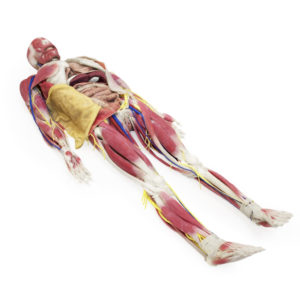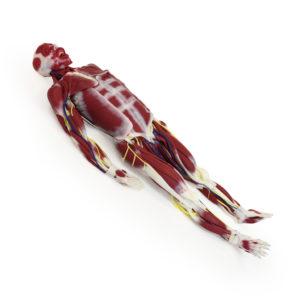Her name is Synthia, and she’s approximately 5 feet 6 inches tall, weighing 125 pounds. Synthia is the newest addition to Penn State Shenango and its Biology Department. Shenango students became acquainted with her this fall while working in their anatomy course labs.
“Synthia is our new, female SynDaver™ model,” said Instructor in Biology Diane Kuharsky. “She, as we refer to it, was purchased by the campus to provide our students with the most authentic feel and look to a real cadaver. It is the perfect learning alternative to dissecting real animals—it’s more accurate and a wonderful tool for our anatomy students.”


